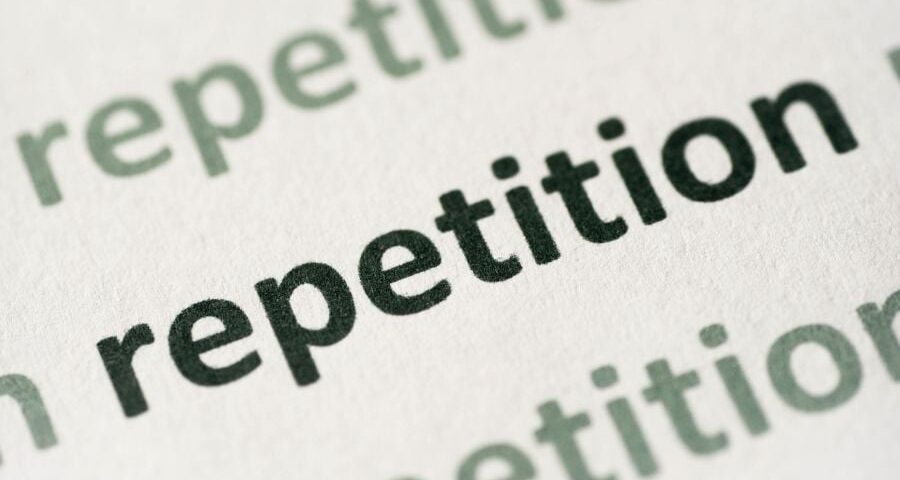Harnessing the Power of Repetition in Design: Creating Consistency and Cohesion

The Importance of Alignment in Design: Creating Order and Harmony
May 22, 2024
Python Development: Building Scalable and Versatile Applications
May 22, 2024Harnessing the Power of Repetition in Design: Creating Consistency and Cohesion
Repetition is a fundamental principle of design that involves the repeated use of visual elements to create patterns, rhythm, and unity within a composition. From graphic design to architecture to user interface design, repetition plays a crucial role in establishing consistency, reinforcing branding, and enhancing user experience. In this blog, we’ll delve into the significance of repetition, how to effectively use it in design, and the benefits it brings to creative projects.
Thank you for reading this post, don't forget to subscribe!Understanding Repetition
Repetition involves the repeated use of visual elements such as colors, shapes, patterns, or typography throughout a design. By repeating these elements, designers create consistency, rhythm, and unity, tying together different parts of the composition and reinforcing the overall theme or message. Whether subtle or prominent, repetition adds depth and coherence to design, making it more visually appealing and memorable.
The Importance of Repetition
Consistency and Cohesion
Repetition establishes consistency and cohesion within a design, creating a sense of unity and harmony. By repeating visual elements throughout the composition, designers create connections and relationships between different parts of the design, making it feel integrated and cohesive. Consistent repetition reinforces the visual identity of a brand or organization, making designs more recognizable and memorable.
Branding and Recognition
Repetition is essential for branding and recognition, helping to establish a strong visual identity that resonates with the audience. By consistently using specific colors, fonts, or graphic elements across different touchpoints, designers reinforce brand recognition and build brand awareness. Repetition creates a cohesive brand experience, making it easier for viewers to identify and connect with the brand.
Visual Hierarchy and Emphasis
Repetition can be used to establish visual hierarchy and emphasis within a design, guiding the viewer’s eye and highlighting key elements. By repeating certain visual elements more prominently or frequently, designers draw attention to specific parts of the composition and create focal points. Repetition helps prioritize information and create a clear hierarchy, making it easier for viewers to navigate through the design and understand the content.
How to Use Repetition Effectively
Establish Visual Patterns
Identify visual elements such as colors, shapes, patterns, or typography that you want to repeat throughout your design. Establish consistent patterns and rhythms that tie different parts of the composition together and reinforce the overall theme or message.
Use Repetition Strategically
Use repetition strategically to create emphasis, rhythm, and unity within your design. Repeat visual elements consistently but vary their placement, scale, or orientation to create visual interest and complexity. Experiment with different ways of repeating elements to find the most effective approach for your design.
Reinforce Branding Elements
Use repetition to reinforce branding elements such as logos, colors, and typography, creating a cohesive brand experience across different touchpoints. Consistently use these elements throughout your design to strengthen brand recognition and build brand identity.
Create Visual Consistency
Ensure that visual elements are repeated consistently throughout your design to create visual consistency and coherence. Pay attention to details such as spacing, alignment, and proportion to maintain a harmonious balance between repeated elements.
The Benefits of Repetition
Consistency and Cohesion
Repetition creates consistency and cohesion within a design, tying together different parts of the composition and reinforcing the overall theme or message. Consistent repetition establishes visual patterns and rhythms that make designs more visually appealing and memorable.
Brand Recognition and Awareness
Repetition helps establish a strong visual identity that resonates with the audience, making designs more recognizable and memorable. By consistently using branding elements such as logos, colors, and typography, designers reinforce brand recognition and build brand awareness.
Emphasis and Hierarchy
Repetition can be used to create emphasis and hierarchy within a design, guiding the viewer’s eye and highlighting key elements. By repeating certain visual elements more prominently or frequently, designers draw attention to specific parts of the composition and create focal points.
Conclusion
Repetition is a powerful tool in design, creating consistency, coherence, and emphasis within a composition. By repeating visual elements such as colors, shapes, patterns, or typography, designers establish visual patterns and rhythms that tie different parts of the design together. Repetition reinforces branding, enhances user experience, and creates visual interest and complexity. Embrace repetition as a fundamental principle of design, and harness its power to create compelling and memorable compositions that resonate with your audience.
For more information: www.ecbinternational.com


